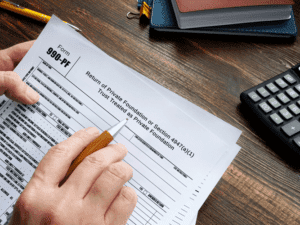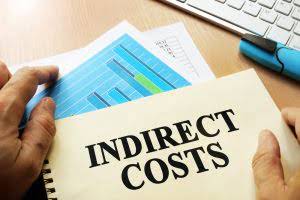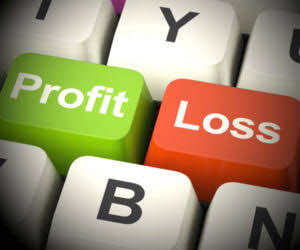
The opposite side of the non-operating coin occurs when you, for instance, sell an asset – again, not including inventory – for less than book value. You capture this sort of loss in the non-operating category to separate it from typical operating expenses. Let’s say you sell an asset – not including inventory – for greater than that asset’s book value. These are the types of gains – as well as interest income, assuming you’re not a bank – that fall within this COA category, the ones you generate outside of your typical operations.

Embark’s Chart of Account Template
- If you’ve worked on a general ledger before, you’ll notice the accounts for the ledger are the same as the ones found in a chart of accounts.Keeping your books organized does not need to be a chore.
- Every time you record a business transaction—a new bank loan, an invoice from one of your clients, a laptop for the office—you have to record it in the right account.
- Doing so ensures that accurate comparisons of the company’s finances can be made over time.
- Understanding how your chart of accounts works is a crucial skill for finance leaders and business owners alike to master.
- From there, you can get even more detailed, further categorizing items by their business function, company divisions, product and service lines, and more.
DTTL and each of its member firms are legally separate and independent entities. Please see About Deloitte for a more detailed description of DTTL and its member firms. Implementing the principles mentioned can lead to the creation of a sound data model structure and common data definitions across an organization.
The income statement accounts

A chart of accounts is an important organizational tool in the form of a list of all the names of the accounts a company has included in its general ledger. This list will usually also include a short description of each account and a unique identification code number. The chart of accounts is a very useful bookkeeping tool for the access it provides to detailed financial information for individuals within companies and others, including investors and shareholders. Here is an example of a company’s cash accounts being combined for presentation in the financial statements.
Easy-To-Use Platform

Below, we’ll chart of accounts examples go over what the accounting chart of accounts is, what it looks like, and why it’s so important for your business. The role of equity differs in the COA based on whether your business is set up as a sole proprietorship, LLC, or corporation. This would include Owner’s Equity or Shareholder’s Equity, depending on your business’s structure. The basic equation for determining equity is a company’s assets minus its liabilities. A business transaction will fall into one of these categories, providing an easily understood breakdown of all financial transactions conducted during a specific accounting period.
- Additionally, you can adjust the chart to better suit your needs by adding specific accounts.
- As your business grows, so will your need for accurate, fast, and legible reporting.
- This is because while some types of income are easy and cheap to generate, others require considerable effort, time, and expense.
- Decide on the account categories you want to include in your chart of accounts.
- Many, or all, of the products featured on this page are from our advertising partners who compensate us when you take certain actions on our website or click to take an action on their website.
Chart of Accounts: Examples and Free Template
- Thirdly, it enables businesses to monitor their cash flow and make informed financial decisions.
- Your chart of accounts is a living document for your business, meaning, over time, accounts will inevitably need to be added or removed.
- These accounts are separated into different categories, including revenue, liabilities, assets, and expenditures.
- Expense accounts allow you to keep track of money that you no longer have, and represents any money that you’ve spent.
- You can also examine your other expenses and see where you may be able to cut down on costs if needed.
- The general ledger provides a comprehensive view of your financial activities.
Take note, however, that the chart of accounts vary from company to company. The contents depend upon the needs and preferences of the company using it. The accounts included in the chart of accounts must be used consistently to prevent clerical or technical errors in the accounting system. Shopping for small business accounting software can be painful and confusing.
Table of Contents

This team of experts helps Finance Strategists maintain the highest level of accuracy and professionalism possible. At Finance Strategists, we partner with financial https://www.bookstime.com/ experts to ensure the accuracy of our financial content. The Chart of Accounts should be reviewed at least once a year to ensure it is up-to-date with any changes in business operations. Additionally, any significant changes should be reflected in the Chart of Accounts as soon as possible. At the end of the year, review all of your accounts and see if there’s an opportunity for consolidation. Here’s how to categorize transactions in QuickBooks Online and navigate the COA.
How to Set up a Chart of Accounts
Some businesses also include capital and financial statement categories. To create a COA for your own business, you will want to begin with the assets, labeling them with their own unique number, starting with a 1 and putting all entries in list form. The balance sheet accounts (asset, liability, and equity) come first, followed by the income statement accounts (revenue and expense accounts).